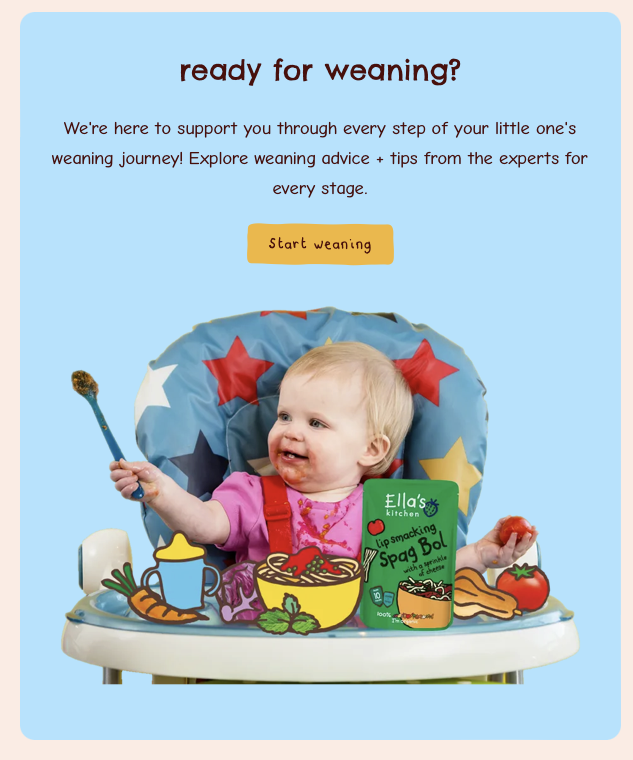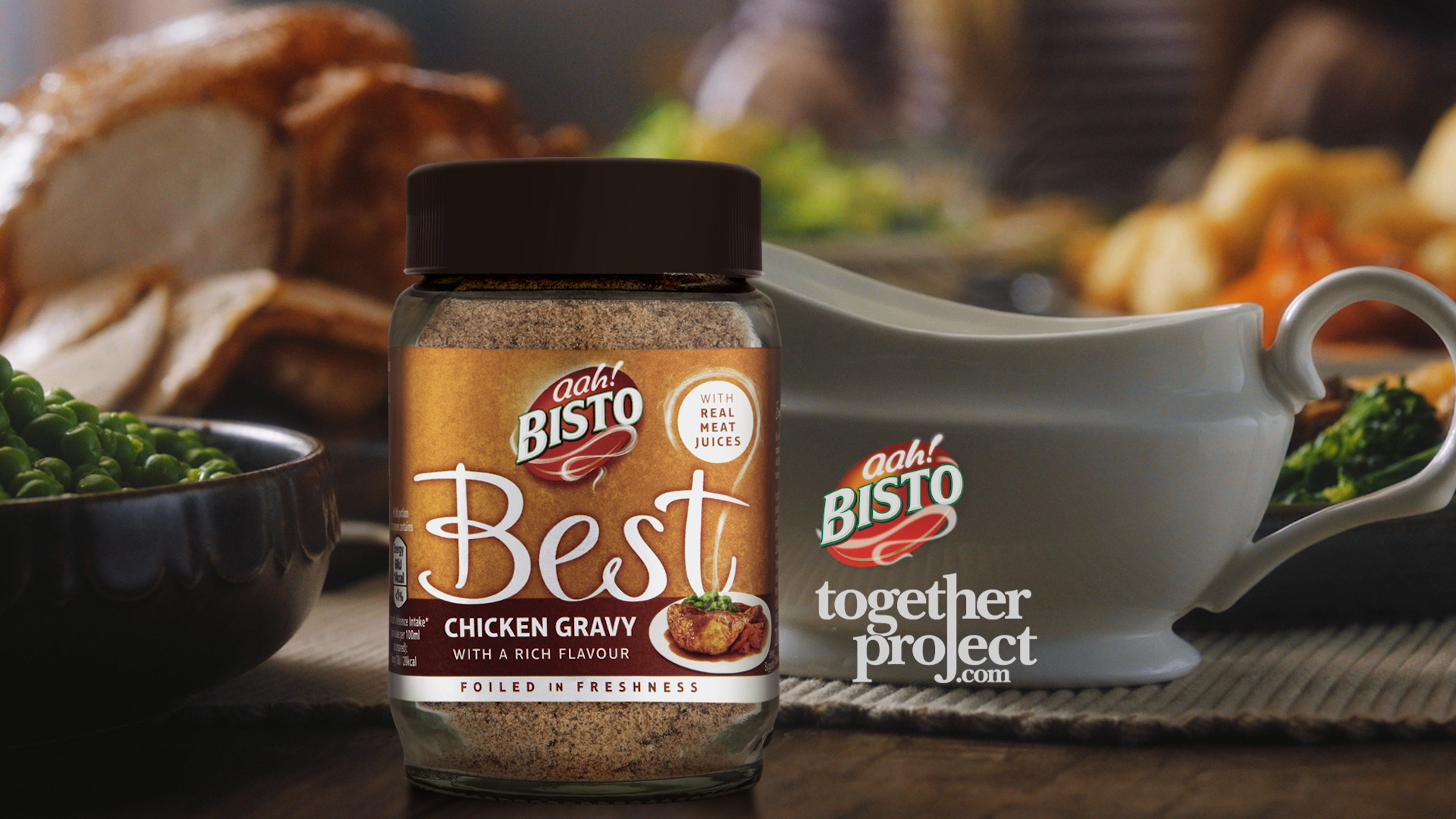Brand purpose came up in conversation this week with a global brand team. The CEO was concerned that work done to date by the brand team and their agency risked “laddering up” too high. He felt the purpose addressed issues relating to sustainability of people & planet, but lacked an anchor back to the brand’s product offer. I shared the same concerns and dug out research on brand purpose by the IPA’s Peter Field to see if it helped support the case for a more “product-centric” approach to brand purpose. This research used the IPA Effectiveness Awards databank, comparing 47 cases including brand purpose with 333 cases which did not refer to brand purpose, as reported in Marketing Week (1).
Research findings
At first sight, the findings look bad for brand purpose. The average number of “very large business effects” for brand purpose campaigns of 1.1 was below that of non-purpose campaigns at 1.6. However, Peter uncovered big differences between strongly executed and weakly executed brand purpose cases.
Looking at overall business building and brand building (appeal, trust, commitment, fame etc.), two things jump out. First, there is a huge difference between strongly and weakly executed brand purpose cases. Second, the strongly executed brand purpose cases performed better than non-purpose campaigns (see below). The same pattern emerges when looking at detailed measures including customer acquisition, market share growth and differentiation.
Now, the fact that well executed brand purpose cases perform better than poorly executed ones is not a surprise. What is striking is just how weak the weakly executed campaigns are! For example, they had 0.1 very large business effects and 0% of them built market share. Without careful execution, “You may well end up doing more harm than good,” as Peter comments.

Drivers of strong brand purpose cases
The drivers of strong brand purpose Peter uncovered are bang in line with the approach to brand purpose we first wrote about back in 2002, in our first brandgym book. This approach is rooted in the brand’s product or service, ensuring you stay in touch with reality. Rather than brand purpose being seen as only concerning sustainability of people & planet, as is almost always the case today, we define it as a bigger idea that inspires everything you do. This is reflected in our definition:
The distinctive role a brand plays in improving everyday life that inspires business growth.
Peter’s specific recommendations reinforce those from our 2021 research paper, Making Purpose Pay that I posted on here and here:
1. Root in the category
Peter rightly recommends that brand purpose campaigns should have a strong link to category entry points. This ensures you stay rooted in reality and avoid laddering up too high. For example, Peter quotes children’s food brand Ella’s Kitchen helps parents wean their babies and get them onto solid food. This initiative helps parents AND is rooted in the product category. Notice how the execution below stars one of the brand’s products. Providing practical tools such as weaning planner wallchart is a good example of StoryDOING, not just StoryTELLING. “It’s genuine and credible, these are real initiatives they’re doing and they’re putting real skin in the game,” Peter points out.

2. Anchor on product benefits
“If your brand purpose in no way connects with the business of your brand, it isn’t going to stick,” correctly states Peter. “However, when it’s done well, it introduces new dimensions so a brand can differentiate itself”. A good example is the Waitrose farming partnership. This has a number of agricultural-focused initiatives that connect directly back to the quality of its products. Note below how the fact that Waitrose eggs come from free range hens is linked to the benefit of taste.

3. Be Relevant to consumer needs
Peter’s third recommendation is to align your brand’s purpose to issues popular among your target market. We use a tool called ‘The Triangle of Truth’ to do this, helping identify relevant insights at two levels:
• Cultural truth: broader, ‘bigger picture’ trends happening in society that inform the brand purpose, including inspiration for how the brand can positively impact people & planet
• Human truth: the key human needs that the brand can tap into. This source of truth is vital to ensure the brand is relevant and in touch with the key drivers of brand choice
A good example from Peter is gravy brand Bisto’s campaign to bring separated families, friends and loved ones together around a roast dinner. The brand celebrates the powerful role of the roast in keeping friendships nourished. It addresses a social issue relating to loneliness but in a way directly linked to the brand.

In conclusion, Peter’s research confirms the importance of rooting brand purpose in your product and staying in touch with reality. As Peter points out, “[The recommendations above] are not rocket science but a lot of people are overlooking them. There’s a lot of completely unconnected and irrelevant purpose out there.”
To get our latest research paper Making Purpose Pay, just pop your email in the form below.
To explore BRAND PURPOSE in depth we offer a short, on-demand course on our brandgym Academy platform here. The course is only £95+VAT.
The short course is fully refunded if you go on to take the full brandgym Mastering Brand Growth program where we explore a comprehensive and practical 8-step program for creating brand strategy to inspire business growth. It combines world-class, on-demand content and live Zoom workshops.
Sources:
